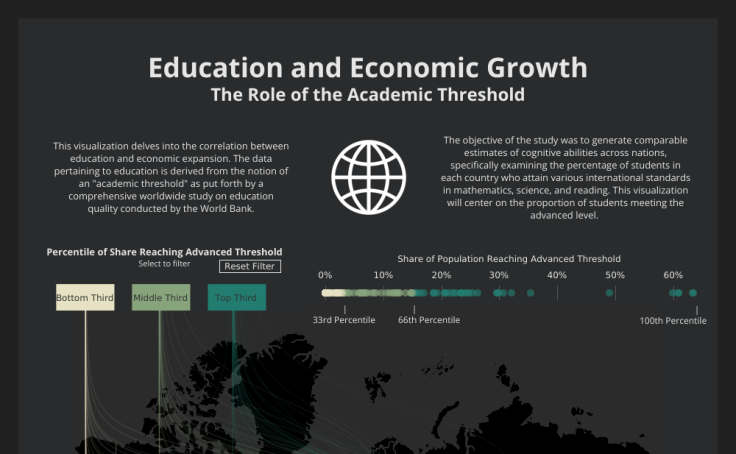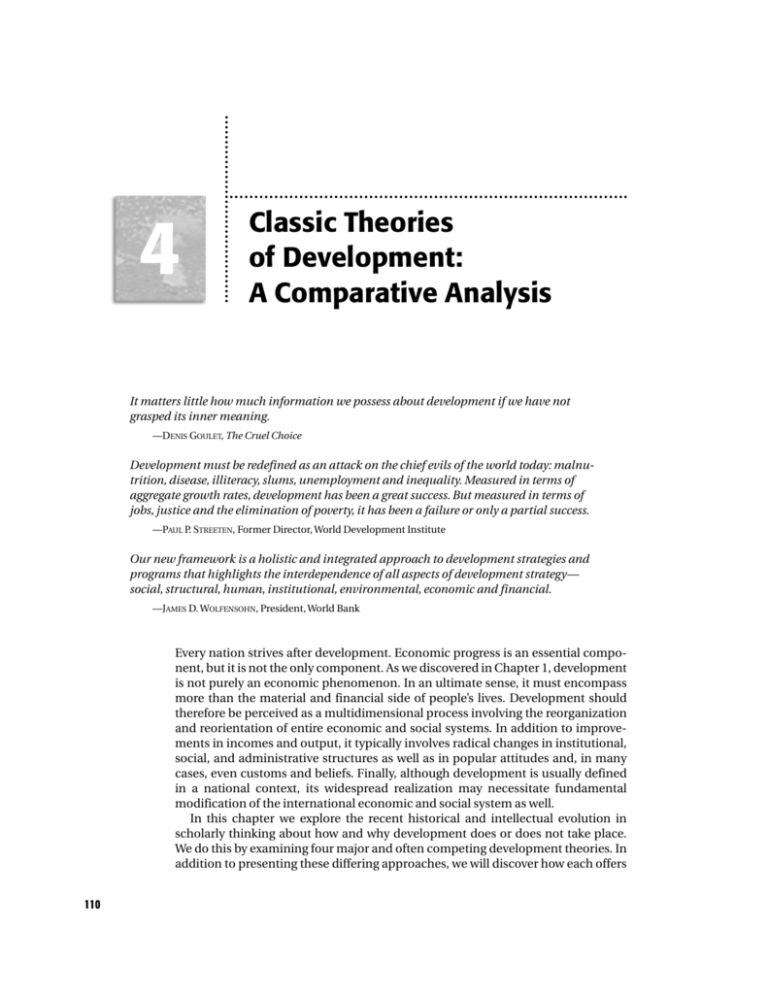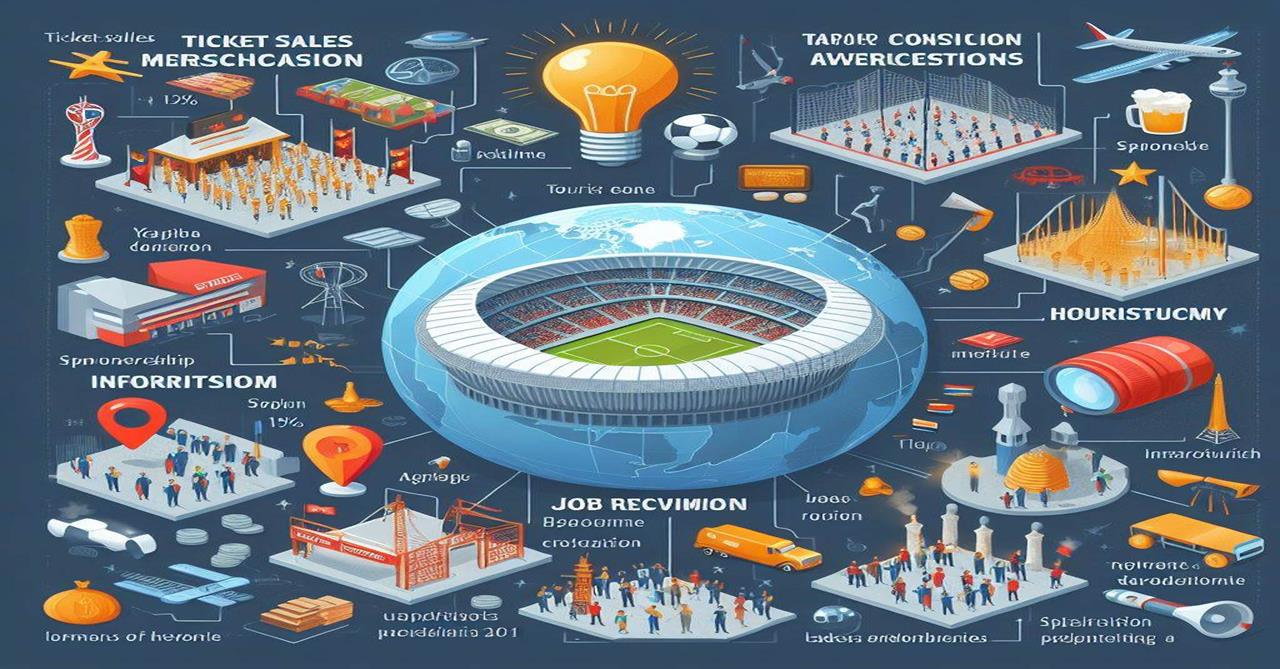
Unlocking Prosperity: Global Education Trends and Their Impact on Economic Development
In today’s fast-paced world, the connection between a country’s education system and its economic success is clearer than ever. Think of education as the engine and economic development as the speed and direction a country travels. A well-oiled, modern engine can take a nation further, faster, and more smoothly.
This article will explore how global education trends are not just changing classrooms but are directly shaping the economic future of nations worldwide. We’ll break down complex ideas into simple terms, showing you why investing in education is truly an investment in a country’s prosperity.
The Indisputable Link: Why Education Matters for Economies
Before diving into trends, let’s understand why education is so crucial for economic development. It’s not just about getting a job; it’s about building a foundation for innovation, productivity, and a better quality of life for everyone.
- Human Capital: This fancy term simply means the skills, knowledge, and experience that people in a country possess. The more educated and skilled a population, the more valuable its "human capital" is. This directly leads to a more productive workforce.
- Innovation and Productivity: Educated individuals are more likely to invent new technologies, start new businesses, and find more efficient ways to do things. This innovation drives economic growth by creating new products, services, and industries.
- Poverty Reduction: Education is one of the most powerful tools to lift people out of poverty. It provides individuals with better job opportunities, higher incomes, and a greater chance to improve their living standards.
- Global Competitiveness: In a connected world, countries compete for investments, markets, and talent. Nations with a highly educated and skilled workforce are more attractive to international businesses and are better positioned to compete on the global stage.
- Stronger Institutions and Society: Education fosters critical thinking, civic engagement, and a more informed citizenry. This leads to better governance, more stable societies, and a reduced risk of conflict, all of which are vital for sustained economic growth.
Key Global Education Trends Shaping Our Future
Education isn’t static; it’s constantly evolving. Here are some of the major trends happening worldwide that are redefining how we learn and how those learnings contribute to the economy:
1. The Rise of Digital Learning and EdTech
- What it is: This trend involves using technology – like computers, tablets, the internet, and specialized software (EdTech) – to deliver education. It includes online courses, virtual classrooms, educational apps, and interactive learning platforms.
- Why it’s important:
- Accessibility: Digital learning can reach students in remote areas or those who can’t attend traditional schools due to work, family, or disability.
- Flexibility: Learners can study at their own pace and schedule, making education more adaptable to individual needs.
- Cost-Effectiveness: Online resources can sometimes be cheaper than traditional textbooks and physical infrastructure.
- Scalability: Digital content can be distributed to millions of learners simultaneously, making education more widespread.
2. Focus on STEM and Future-Ready Skills
- What it is:
- STEM: Stands for Science, Technology, Engineering, and Mathematics. There’s a global push to strengthen education in these areas because they are the foundation for innovation and many high-growth industries.
- Future-Ready Skills (Soft Skills): Beyond academic knowledge, there’s a growing emphasis on skills like:
- Critical Thinking: Analyzing information and solving problems effectively.
- Creativity: Coming up with new ideas and solutions.
- Collaboration: Working effectively with others.
- Communication: Expressing ideas clearly, both written and verbally.
- Adaptability: Being able to learn new things and adjust to change.
- Digital Literacy: Understanding and using technology effectively and safely.
- Why it’s important: These skills are essential for the jobs of tomorrow, many of which don’t even exist yet. They help individuals thrive in a rapidly changing world and contribute to a dynamic economy.
3. Personalized Learning Approaches
- What it is: Moving away from a "one-size-fits-all" approach, personalized learning tailors education to each student’s unique needs, pace, and learning style. This can involve adaptive software, individualized learning plans, and more one-on-one support.
- Why it’s important: When learning is tailored, students are more engaged, understand concepts better, and reach their full potential. This means a more effective education system producing more capable individuals.
4. Lifelong Learning and Upskilling/Reskilling
- What it is: The idea that learning doesn’t stop after school or university. In today’s economy, jobs are constantly changing, and new technologies emerge rapidly.
- Upskilling: Learning new skills to improve in your current job.
- Reskilling: Learning completely new skills to qualify for a different job.
- Why it’s important: This trend is crucial for keeping the workforce relevant and adaptable. It ensures that people can pivot to new industries or roles as the economy evolves, preventing job losses and fostering continuous innovation.
5. Global Collaboration and Intercultural Competence
- What it is: Education is becoming more globally connected, with students and educators collaborating across borders. This also emphasizes developing "intercultural competence" – the ability to understand, appreciate, and interact effectively with people from different cultures.
- Why it’s important: In a globalized economy, businesses operate internationally. A workforce that can collaborate across cultures, understand diverse markets, and navigate international relations is a huge economic asset.
How These Trends Drive Economic Growth
Now, let’s connect these trends directly to economic development:
-
Creating a Future-Ready Workforce:
- Digital learning makes education accessible to more people, expanding the pool of potential workers.
- Focus on STEM and future-ready skills directly prepares individuals for high-demand jobs in tech, engineering, healthcare, and other growing sectors.
- Lifelong learning ensures the workforce remains adaptable and skilled, preventing skill gaps that can slow economic progress.
- Economic Impact: Higher productivity, increased innovation, lower unemployment, and a more competitive economy.
-
Boosting Innovation and Entrepreneurship:
- STEM education provides the foundational knowledge for scientific breakthroughs and technological advancements.
- Critical thinking and creativity, fostered by personalized learning and modern teaching methods, are the bedrock of new ideas and successful startups.
- Economic Impact: Creation of new industries, new jobs, increased exports, and a dynamic business environment.
-
Attracting Foreign Investment:
- Countries with a highly skilled, adaptable, and digitally literate workforce are much more attractive to international companies looking to invest and set up operations.
- Economic Impact: Inflow of capital, technology transfer, job creation, and economic diversification.
-
Reducing Inequality and Increasing Social Mobility:
- Digital learning can bridge the gap for disadvantaged communities by providing access to quality education regardless of location or income.
- Upskilling and reskilling programs offer pathways to better jobs for those in declining industries or with limited opportunities.
- Economic Impact: A broader distribution of wealth, reduced social unrest, and a larger consumer base, all contributing to a more stable and robust economy.
-
Fostering a Resilient Economy:
- An educated population is better equipped to adapt to economic shocks (like recessions or pandemics). They can retrain, innovate, and find new solutions.
- Intercultural competence helps businesses navigate global markets and partnerships, making the economy less vulnerable to localized downturns.
- Economic Impact: Greater stability, quicker recovery from crises, and sustained long-term growth.
Challenges and Opportunities
While the future looks bright with these trends, there are challenges to address:
- Digital Divide: Not everyone has access to reliable internet or devices, creating a gap between those who can benefit from digital learning and those who can’t.
- Teacher Training: Educators need continuous training to adapt to new technologies and teaching methodologies.
- Funding: Implementing modern education systems requires significant investment from governments and the private sector.
- Curriculum Reform: Educational systems need to be agile enough to update curricula quickly to meet the demands of a changing job market.
However, these challenges also present opportunities:
- Global Collaboration: Countries can learn from each other’s successes and failures in education reform.
- EdTech Innovation: The private sector can develop affordable and effective learning solutions.
- Policy Focus: Governments have a clear roadmap for investing in education as a direct pathway to economic prosperity.
Conclusion
Global education trends are far more than just academic discussions; they are powerful forces shaping the economic landscape of our world. From the virtual classroom to the emphasis on future-ready skills, every shift in education has a ripple effect on a nation’s productivity, innovation, and competitiveness.
For countries looking to thrive in the 21st century, investing strategically in education isn’t an option – it’s an economic imperative. By embracing these global trends, fostering lifelong learning, and prioritizing relevant skills, nations can build robust, resilient, and prosperous economies that benefit everyone. The future is being educated today.




Post Comment